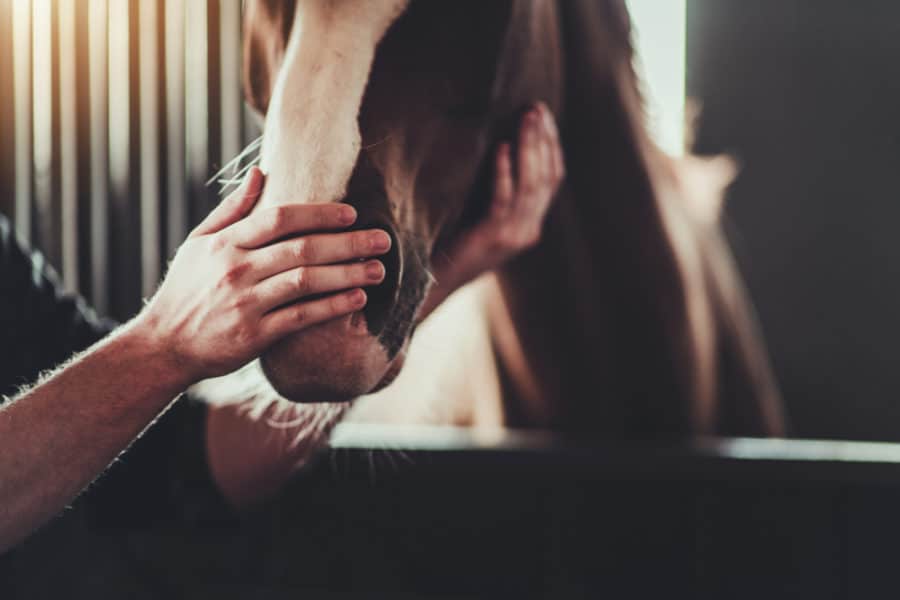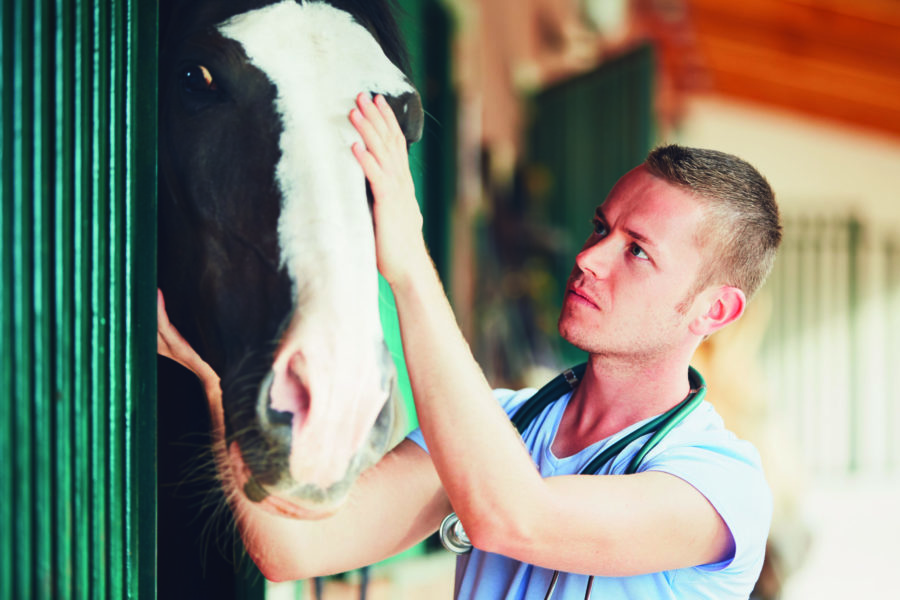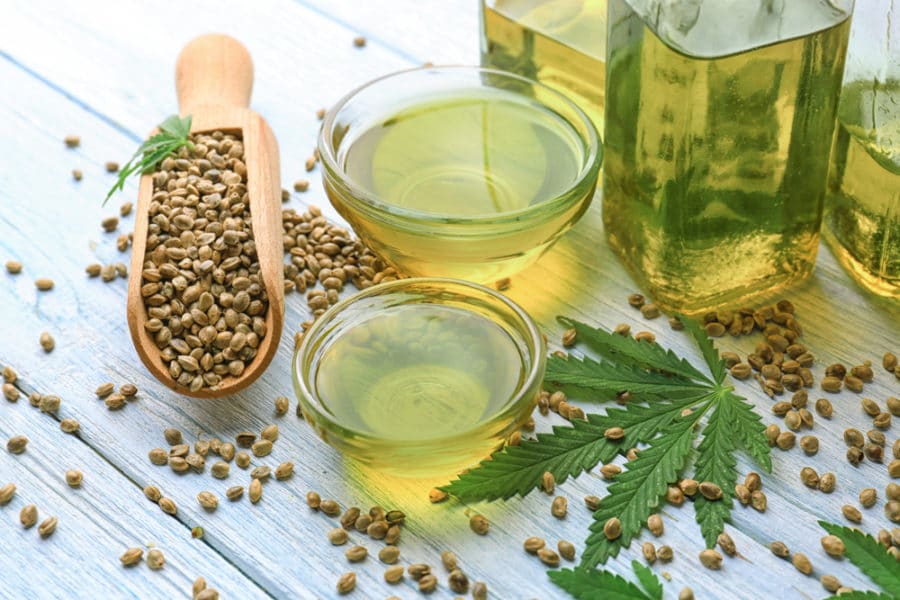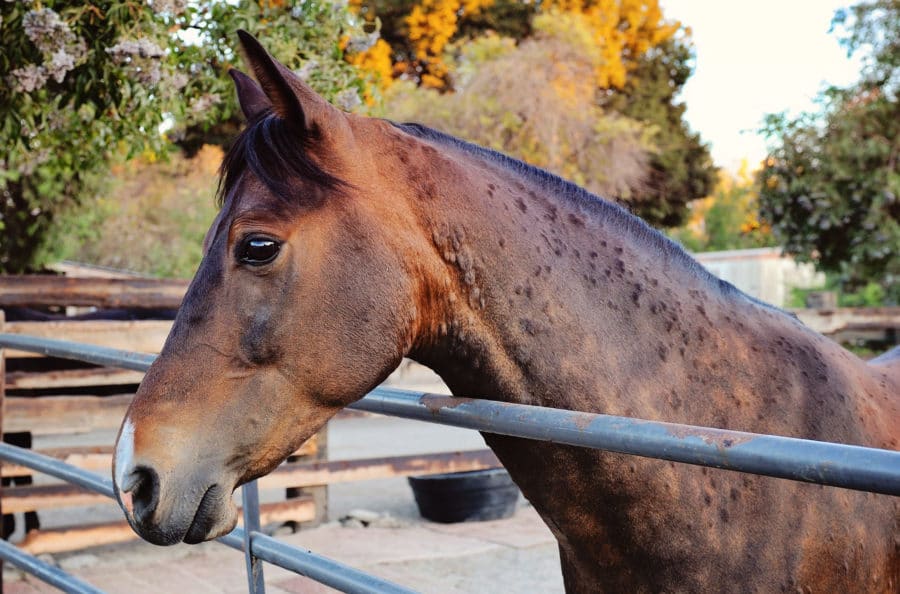Our equine patients are exposed to a host of toxins in their daily lives, and this can overwhelm their livers ability to process and eliminate them. A gentle detoxification program that uses an integrative approach is a beneficial way to support the overall health of your clients horses.
The word detoxification, or just detox, is tossed around all the time, but most horse owners likely dont understand what it really means. Most of the time, people do not intentionally expose their horses to toxic substances, but the reality is that many management practices can lead to exposure. This article will clear up the definitions and discuss the benefits of a healthy integrative detoxification program for your equine patients.
WHY DETOXIFY?
The liver is an organ with a huge chemical factory. One of its many purposes is to process the ingredients broken down in the digestive tract, making sure everything is safe and appropriate for the body. This includes normal food particles as well as anything else that has been taken in through digestion. The liver also acts as a filter for the blood as it flows around the body, so any chemicals or contaminants are ideally cleaned up.
Horses are often exposed to a variety of environmental toxins depending on their habitat, diet, and the management practices at their facilities. Since most horse owners do not have a detailed background of where their horses lived before they purchased or adopted them, any past exposure to toxins or chemicals is unknown.
The concept of detoxification is to support the liver with its chemical processes through natural supplementation. It is important to understand what a safe detox program is before tossing a lot of products at the liver, since it is possible to overload the liver even with natural supplements, herbs, and nutritional compounds. Problems arise when theres an imbalance, excessive production, or when the bodys mechanisms for handling toxins are compromised.
PHYSIOLOGY OF DETOXIFICATION
A natural set of chemical reactions occur in the liver when it goes to work on anything it considers toxic. When foreign chemical substances enter the liver, they undergo a biotransformation that changes them from harmful compounds to less toxic or inert molecules.
Phase I: The first phase of detoxification engages various enzymatic reactions such as oxidation, reduction, and hydrolysis with the enzyme cytochrome P-450 as a primary component. The goal here is to oxidize the offending compound and make it water soluble for easy excretion. Excess oxidation and the free radical production that comes with it can damage the liver.
Phase II: If the antioxidant reservoir becomes depleted, and toxin levels exceed the ability of Phase I to handle, Phase II comes into play. Many compounds, especially fat-soluble ones, can overwhelm the cytochrome P-450 enzymatic cluster. The goal of Phase II is to remove any harmful free radicals from Phase I. This conjugation phase involves the liver incorporating compounds such as glutathione and glycine onto the products of Phase I. This process increases the water solubility of the compounds, preparing them for excretion.
Phase III: The third phase essentially involves the excretion of these prepared compounds into the bile and intestines, or the kidneys and bladder, for elimination from the body.
DETOXIFICATION SUPPORT
Each phase needs to proceed to the next for proper detoxification to occur. If one stage is blocked or not functional, detoxification cannot proceed correctly. The idea of supporting detoxification is to move each phase along appropriately. In human functional medicine, it is possible to perform laboratory testing to determine the exact phase that needs support. In equine practice, that type of information is not available, so detoxification needs to proceed gently so as not to overload any one phase.
Some practitioners feel the horse needs to eliminate toxins dramatically, with diarrhea or excessive urination or sweating. In this authors opinion, that is generally a sign the process is proceeding incorrectly. It is normal to see a change in manure characteristics, a mild increase in drinking and urination, or perhaps an odor to the sweat, but if there are significant signs or discomfort involved, its time to back off and reevaluate the process.
Support can be herbal (there are many different herbal protocols from Western, Chinese, native American, and Ayurvedic traditions), homeopathic or nutritional. It is best to start with a single approach, then add another if desired. Do not use two or three different things at one time.
Many products combine a number of ingredients, and many are well thought out and designed by experienced practitioners. These are the ones to select, rather than a kitchen sink formula with 25 to 30 ingredients that will overwhelm any liver.
Generally, the goals of nutritional support are to provide antioxidants for Phase I and amino acids for Phase II. Many herbs provide balanced support for detoxification and have been well researched.
Most of the time, a detox program is best done for a month or two, then the liver is given a rest. In more extreme cases, it may be valuable to continue for longer periods, especially when heavy metals are involved. Hair analysis can be used to determine the presence of these.
Phase I supplements
Antioxidants: vitamins C, E and A, selenium, copper, zinc, manganese
Phase II conjugation supplements
Amino acids: glutamine, glycine, taurine, cysteine, methionine, N-acetylcysteine
It is possible to use foods to supply many of these compounds, and horses often like them. The cruciferous vegetables, brassicas, alliums like garlic, and dark leafy greens can all be fed as part of the diet.
HERBAL DETOXIFICATION
This article cannot cover all the approaches to herbal detoxification, since each branch of herbal medicine has many formulas available. However, several herbs have been heavily researched for their effects on liver support. These include milk thistle and turmeric, as well as dandelion, licorice, and burdock. Astragalus, gingko and red sage (Dan Shen) have also been heavily researched for liver support.
For support in the elimination part of the process, herbs such as cleavers, nettle and dandelion help make a balanced formula. In the springtime, horses crave fresh dandelion after a winter with few fresh greens to eat. They will eat the leaves and the root right out of the ground, performing their own detox from the winter.
HOMEOPATHIC DETOXIFICATION
Homeopathic remedies have a different action on the body than the direct support given by nutritional and herbal supplementation. For those who have not studied homeopathy, the body is basically responding to the energetic effect of the remedy. Many remedies have an effect on the liver, but its often best to work up a constitutional remedy for an individual horse to address their symptoms. A few remedies have fairly universal effects, and given in low potencies (usually a 30C) are safe detoxification remedies for inexperienced homeopaths. Combination remedies prepared as detox formulas may or may not be helpful for an individual horse. This author prefers to work with a single remedy constitutionally selected for that individual.
One of the favorite remedies for its effects on the liver is Nux vomica. This remedy has been used for many acute toxic situations, as well as for spring time detox. Usually, giving the remedy once a day for three days is sufficient for this purpose. Thuja Occidentalis is another remedy often given to help correct some of the imbalances that occur after many vaccines have been used.
The remedy, Nux vomica, is prepared from the seeds found in the fruit of the Strynos Nux vomica tree
Identified as a remedy by indigenous people in North America, the homeopathic form of Thuja occidentalis is prepared from the leaves and twigs.
CONCLUSION
The world our horses is exposed to is full of potential toxins, and this can lead to the liver detoxification pathways becoming overloaded. Adding a mild detoxification program to an overall health protocol is beneficial for horses in general. For a safe detox program, its important to proceed gently and without overloading the liver. Horses look and feel better after detoxification, and respond better to other therapies when their livers are fully functioning.









